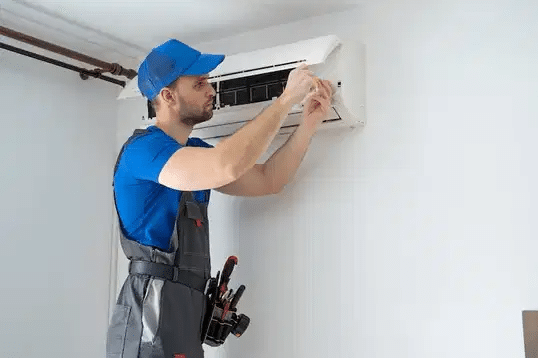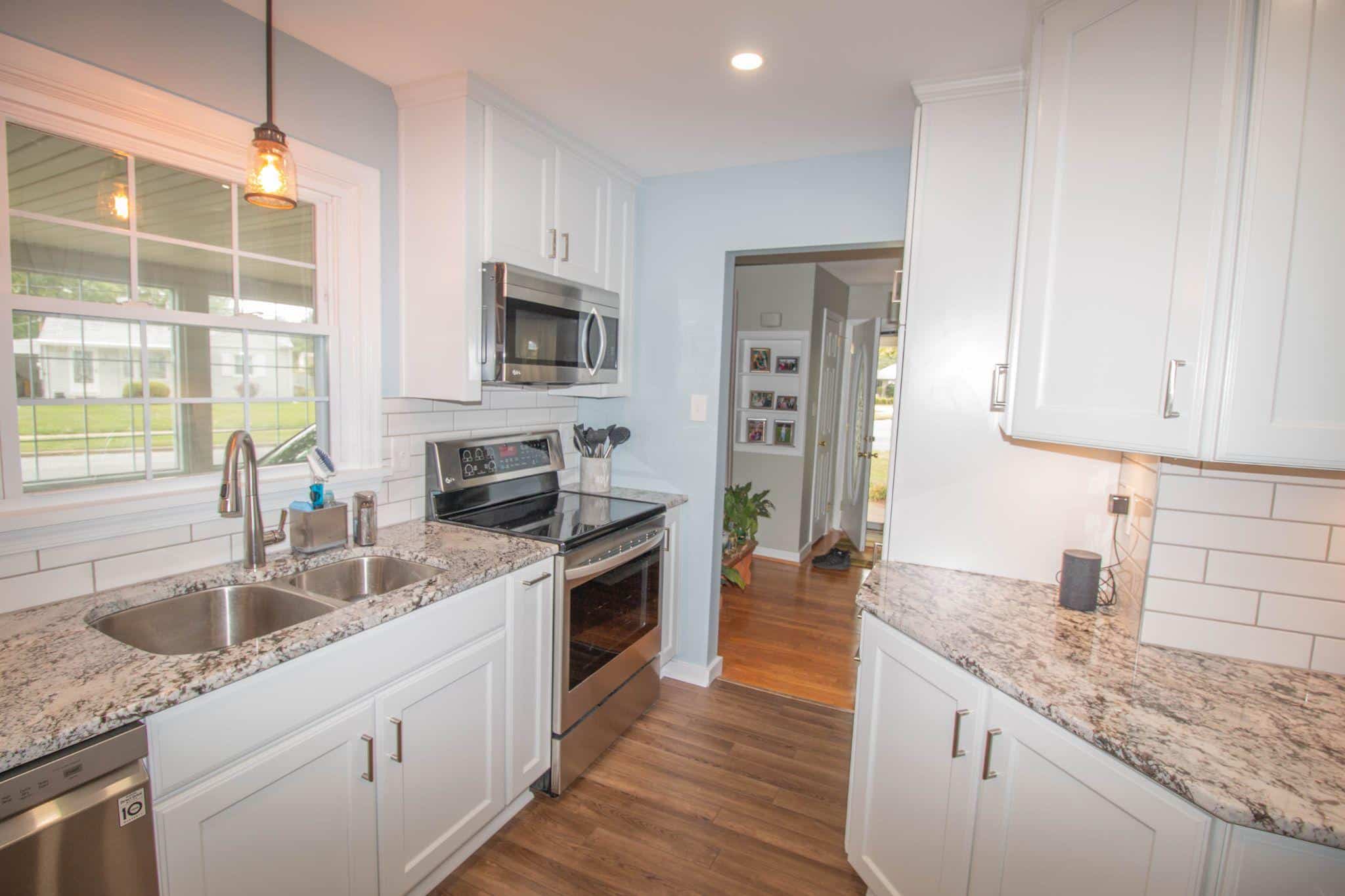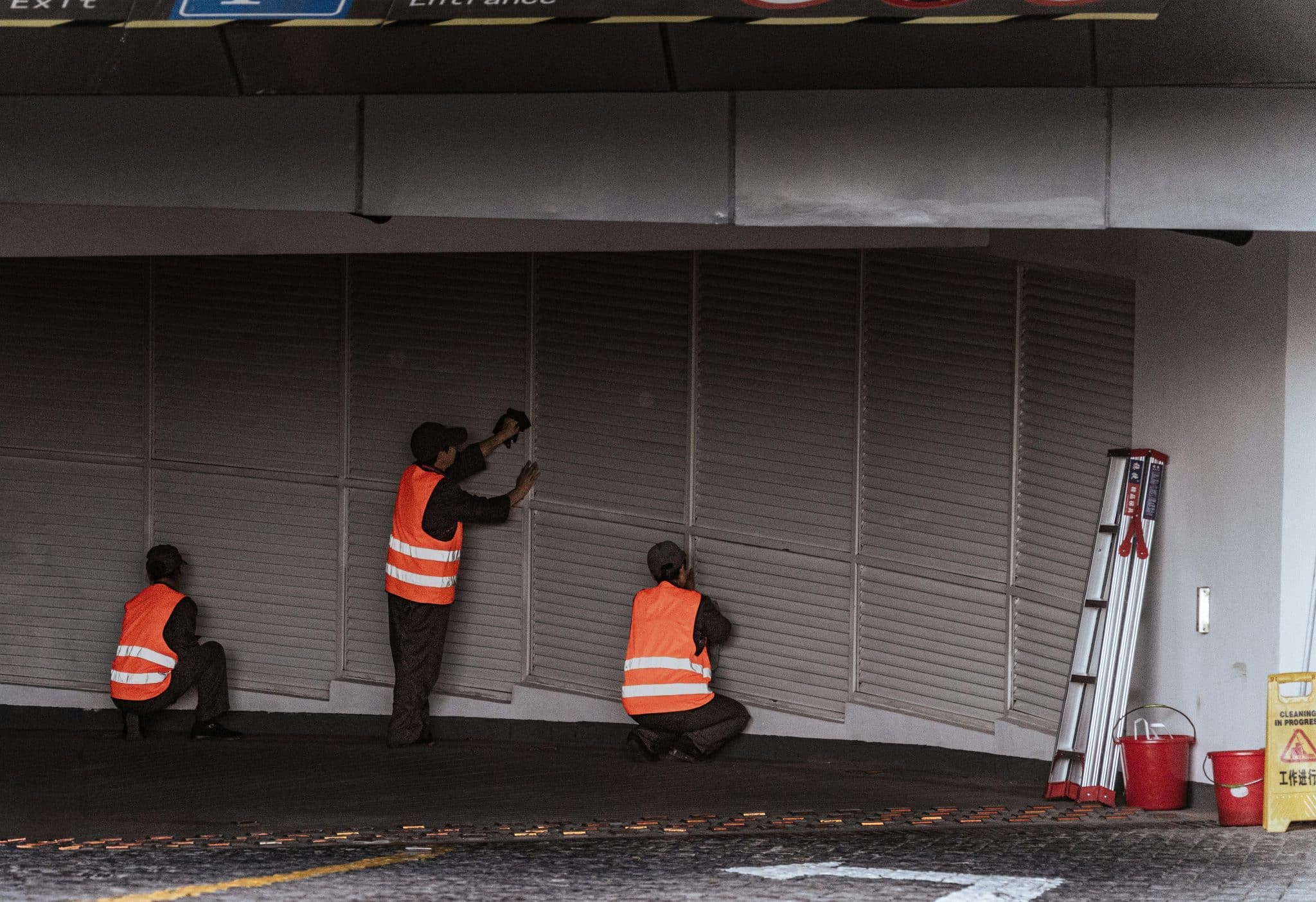Foundation problems can turn your dream home into a nightmare. Every year, thousands of homeowners face the difficult choice between expensive repairs and abandoning their property.
Cracks in walls, sticky doors, and sloping floors might seem minor, but they often signal severe foundation damage that can cost tens of thousands to fix.
Knowing when foundation issues are worth repairing versus when to walk away can save you money, stress, and heartache.
This guide will help you spot the warning signs, understand repair costs, and make wise decisions about your home’s foundation.
You’ll learn what causes foundation problems, how they’re fixed, and most importantly, when the damage is too severe to justify the investment. Don’t let foundation issues catch you off guard.
What is a Foundation?
A foundation is the structural base of any building that sits below ground level. It transfers the weight of the entire structure to the soil beneath. The foundation keeps your home stable and prevents it from sinking or shifting.
It also protects against moisture, frost, and other ground conditions that could damage the building. Without a solid foundation, your home would face serious structural problems over time.
Think of it as the anchor that holds everything together safely.
Types of Foundations
| Foundation Type | Description | Best For |
|---|---|---|
| Slab Foundation | Concrete poured directly on the ground | Warm climates, flat terrain |
| Crawl Space Foundation | Raised foundation with 1.5-4 feet of space underneath | Moderate climates, slight slopes |
| Basement Foundation | Full or partial underground space below the main floor | Cold climates, steep slopes |
Common Signs of Foundation Problems
Spotting foundation issues early can prevent costly repairs. Look for cracks, uneven floors, and sticking doors as key indicators of potential problems.
- Cracks in walls, floors, and ceilings: Look for horizontal, vertical, or stair-step cracks that appear suddenly or grow larger over time.
- Doors and windows that won’t close or open properly: Foundation movement causes frames to shift, making doors stick or windows hard to operate.
- Uneven or sloping floors: Floors that feel bouncy, sag, or slope indicate the foundation has settled unevenly beneath your home.
- Gaps around window frames and doors: When foundations shift, gaps appear where frames meet walls, allowing air and moisture to enter.
- Moisture issues in the basement or crawl space, such as standing water, dampness, or mold growth, suggest that foundation cracks are allowing water to seep inside.
Should You Walk Away from Foundation Damage?
You should walk away from foundation issues when repair costs exceed 20-30% of the home’s value or when significant structural damage makes the home unsafe to live in.
Red flags include widespread foundation failure, multiple load-bearing walls showing damage, floors that sag more than 2 inches, or extensive water damage throughout the foundation.
These severe problems affect your family’s safety, make the home hard to sell later, and often require repairs that cost more than the house is worth.
Suppose you’re buying a home and find foundation issues that require immediate attention. In that case, it’s often better to find another property rather than undertake expensive repairs that may not resolve all the problems.
What Causes Foundation Problems?
Foundation problems can be caused by shifting soil, water damage, poor construction, and natural environmental factors like tree roots and earthquakes.
1. Soil Movement
Clay-rich soil expands when wet and shrinks when dry, putting pressure on your foundation. This constant movement causes cracks and shifting over time. Sandy or loose soil can also shift and settle, creating uneven support for your home.
2. Water Damage
Water is one of the biggest threats to foundation stability. Poor drainage around your home allows water to pool near the foundation, softening the soil beneath. Leaky pipes, gutters, and flooding can wash away soil support, causing the foundation to sink or crack.
3. Tree Roots and Other Environmental Factors
Large trees planted too close to your home can cause serious foundation damage. Their roots grow under the foundation, pushing against it and stealing moisture from the soil. Temperature changes, freeze-thaw cycles, and drought conditions also stress foundations over time.
4. Poor Construction Practices
Foundations built without proper soil preparation or inadequate materials often fail early. Builders who skip essential steps, such as soil compaction, or use substandard concrete, create weak foundations. Improper grading and drainage during construction lead to water problems later.
5. Natural Disasters and Seismic Activity
Earthquakes, floods, and severe storms can damage even well-built foundations. Ground movement during earthquakes cracks foundations and shifts soil beneath homes. Heavy rains and flooding wash away soil support, while tornadoes and hurricanes create pressure that can damage foundation walls.
How Are Foundation Issues Repaired?

Foundation repair methods vary depending on the severity of the damage and the type of foundation in the home. Below are standard techniques used to repair foundation problems:
1. Foundation Leveling and Underpinning
- Foundation leveling: When the foundation has settled unevenly, leveling helps bring it back to its original position.
- Underpinning: This involves extending the foundation depth to more stable soil, providing better support, and preventing further settling.
- Standard methods: Push piers, helical piers, and resistance piers.
2. Pier and Piling Installation
- Piering involves inserting piers into the ground beneath the foundation. These piers support the weight of the structure and lift the foundation back into place.
- Push piers are driven into the ground using hydraulic pressure, and helical piers are screw-like piers used in both light and heavy foundation repairs.
3. Concrete Slab Repair
- Crack injection: For minor cracks in concrete slabs, epoxy or polyurethane injections can seal the cracks and prevent moisture infiltration.
- Polyurethane foam injection: Expands underneath the slab to fill voids, stabilize the soil, and lift the foundation.
- Mudjacking or Slabjacking: A technique where a mixture of concrete is pumped under the foundation to fill voids and raise the slab back to level.
4. Drainage System Improvements
- Proper drainage around the foundation can prevent future damage by reducing the amount of water that collects near the foundation.
- Installing or repairing French drains, surface drains, and gutter systems can direct water away from the foundation.
- Grading: Adjusting the slope of the ground around the foundation to ensure that water flows away from the home.
5. Soil Stabilization and Grouting
- Soil stabilization: If the soil beneath the foundation is unstable, a contractor may inject stabilizing agents to strengthen the soil.
- Polyurethane grouting: Used to stabilize loose soil and prevent further settling of the foundation.
- Compaction grouting: Involves injecting a grout mixture to compact loose soil and fill voids under the foundation, which can reduce further shifting.
6. Foundation Crack Repairs
- Epoxy crack injection: For horizontal or vertical cracks in the foundation, this method seals cracks to prevent water intrusion and stabilize the wall.
- Carbon fiber reinforcement: Used for bowing walls or cracks that have started to show signs of movement, offering additional support and preventing further deterioration.
- Steel braces and wall anchors: These are used to stabilize bowing or leaning basement walls by anchoring them into the surrounding soil.
8. Slab Foundation Repair
- Drilled shafts or piers can be used to lift and stabilize slab foundations that have settled unevenly.
- Slab replacement: In extreme cases where the slab has been severely damaged, partial or full replacement may be required, though this is typically more costly and time-consuming.
Cost of Repairing Foundation Issues
| Repair Type | Average Cost Range ($) | Factors Influencing Cost | Potential Hidden Costs |
|---|---|---|---|
| Foundation Leveling and Underpinning | $3,000 – $12,000 | Foundation size, soil conditions | Engineering assessments, permits |
| Pier and Piling Installation | $1,000 – $4,000 per pier | Number of piers, soil conditions | Permits, extra excavation |
| Concrete Slab Repair (Crack Injection) | $500 – $2,500 per crack | Crack size, material used | Permits, extra treatments |
| Soil Stabilization and Grouting | $2,000 – $5,000 | Soil type, problem depth | Permits, moisture control |
Tips for Homeowners Facing Foundation Issues
- Early detection and addressing minor issues before they escalate: Check your home monthly for new cracks, sticky doors, or water problems to catch foundation issues while they’re still cheap to fix.
- Importance of Hiring Qualified Contractors: Always hire licensed, insured contractors with foundation experience and good reviews to avoid poor repairs that exacerbate existing problems.
- How to negotiate with repair companies: Get at least three quotes, ask for detailed written estimates, and don’t be afraid to negotiate prices or payment terms.
- When to get a second opinion: Get a second opinion when repair costs seem too high, contractors pressure you to sign immediately, or when facing major structural work.
Final Thoughts
Foundation problems don’t have to ruin your homeownership dreams if you know what to look for and when to act.
Remember the key warning signs: cracks in walls, sticky doors and windows, uneven floors, gaps around frames, and moisture issues.
While many foundation issues can be repaired through leveling, piering, crack injection, or drainage improvements, some damage is too severe or costly to fix.
When repair costs exceed 20-30% of your home’s value, or when major structural failure threatens safety, it’s time to walk away.
Get professional evaluations, compare repair costs to home value, and don’t be afraid to make the tough decision.
Ready for a refresh? Explore more home improvement ideas to upgrade your space.
Frequently Asked Questions
When Can a Foundation Not Be Repaired?
When there’s complete structural collapse or repair costs exceed the home’s value.
How Urgent Are Foundation Issues?
Very urgent – small problems quickly become major structural failures.
Can a House Collapse from Foundation Issues?
Yes, severe foundation damage can cause complete house collapse.
Do Foundation Repairs Devalue a Home?
Proper repairs can increase a property’s value, but a history of foundation issues may deter buyers.










